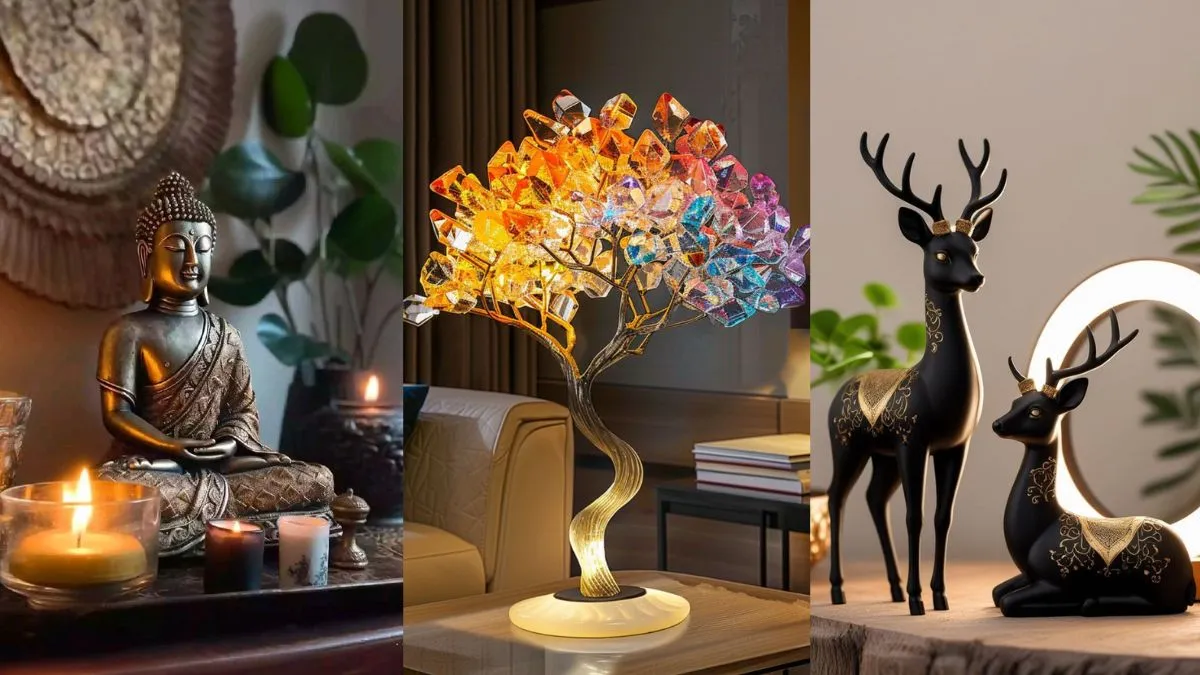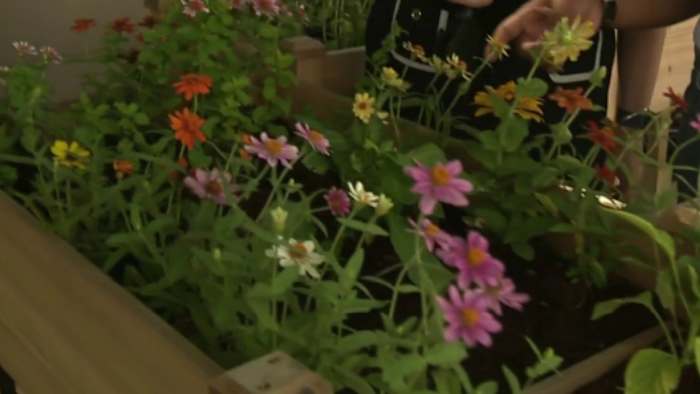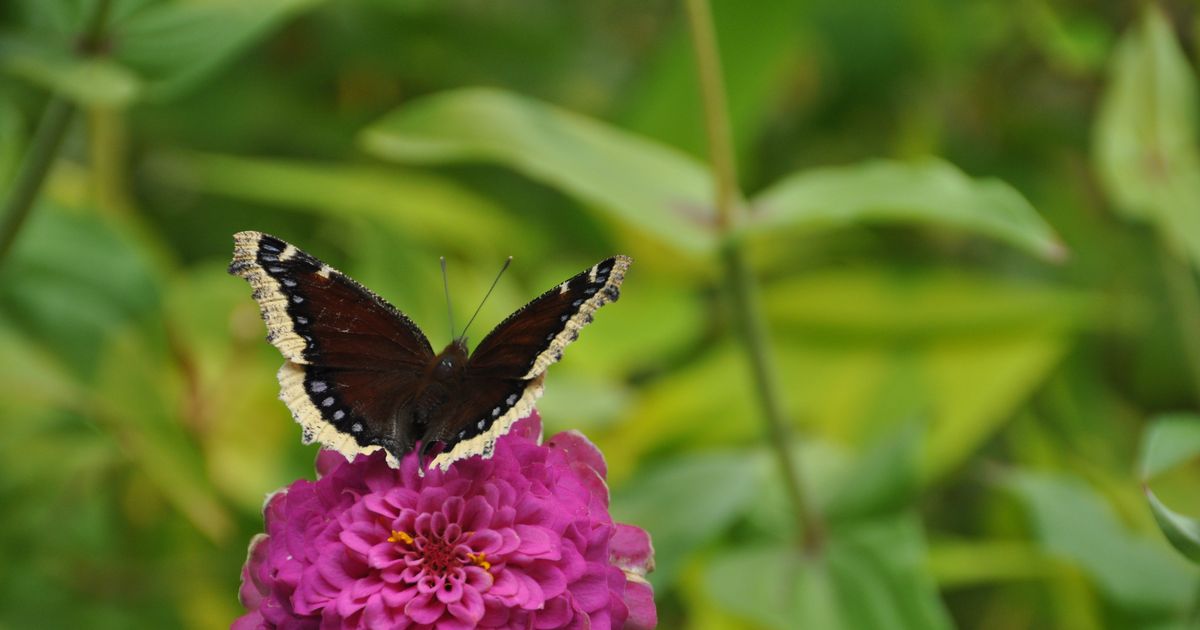Closed-loop systems are the goal in many areas when it comes to sustainability, and gardening is no different. But I am often surprised by the number of gardeners who do not include creating a closed-loop system as one of their gardening goals.
Gardeners, old and new, often will not think twice about consumption. But this is a big mistake. Buying lots of things for a garden over time will negate many of the positive things that we can do in our gardens to help solve the world’s problems.
What is Closed-Loop Gardening?
In closed-loop gardening, we create systems that can cycle endlessly without any external inputs other than those that nature provides, such as sunlight and rain, and some of our own time and effort.
Closed-loop gardens do not require us to bring in materials, seeds, or other items to maintain the system. Rather, the garden works with nature and relies on internal resources for its own perpetuation. It is a self-sustaining system.
Some mechanisms and features established up front in a garden design can help gardeners to create closed-loop systems. Choosing the right methods for a particular site will be important, as will choosing the right plants for the right places and the right purposes.
Establishing a closed-loop garden system will typically involve:
- Seed saving and other methods of plant propagation to obtain new plants from existing ones.
- Embracing plants that can spread or self-seed naturally on their own—perhaps even wild plants considered “weeds” by some gardeners.
- Growing specific plants to provide mulches, liquid feeds, and more over time.
- Recycling nutrients within the garden by composting, mulching, etc.
- Using nitrogen-fixing plants and “dynamic accumulators” to replenish nutrients in the growing areas.
- Making use of natural materials from the garden itself for garden components such as pathways, bed edging, fences, trellises, sheds, and so on.
- Establishing sustainable water systems—catching, storing, and using rainwater wisely and thinking about effective water management and water conservation in the garden.
- Finding synergy between different garden projects to eliminate the need to buy new items or materials.
Of course, these are just some of the important things to think about when closed-loop gardening is a goal.
It will be important to look holistically at the garden and to think about how natural cycles work in order to make sure we can work with those natural cycles and create a system in which we need to put in as little as possible.
Why Closed-Loop Gardening Should Be a Goal
There are several different reasons why closed-loop gardening is something towards which we should all aim.
First of all, of course, closed-loop gardening allows us to reduce consumption, which is one of the pillars of a more sustainable way of life. Everything that we must source and purchase for our gardens comes with a cost—not only a financial one but also a cost to our planet and people.
Potting mixes, composts, topsoils … even peat-free options and organic ones typically have an associated carbon cost if only from the packaging and distribution/delivery. Even something as small and simple as seeds that we purchase will have a cost.
By meeting garden needs from the garden itself, we can significantly reduce any negative impact on the environment that arises from a particular purchasing decision. Wherever possible, we should make sure that we do not need to buy anything for an established garden.
Closed-Loop Gardening Reading List
Environmental issues aside, creating closed-loop gardening systems also brings benefits to us as gardeners. Of course, when a garden can largely meet its own needs, there are financial savings to be made.
When we think about how gardens can perpetuate themselves over time, we often also manage our gardens in such a way that less intervention from us is required.
This can also make for a lower-maintenance garden that requires somewhat less care and attention from the gardener over time. Working with nature and nature’s cycles makes things easier for us as gardeners.
While some of the cycling in a closed-loop garden will need our intervention, the ultimate goal is to make sure that, overall, as much as possible happens without the gardener.







:max_bytes(150000):strip_icc()/kale-plant-1150150196-4103527c07a8465fb4b4793f76835cb7.jpg)

